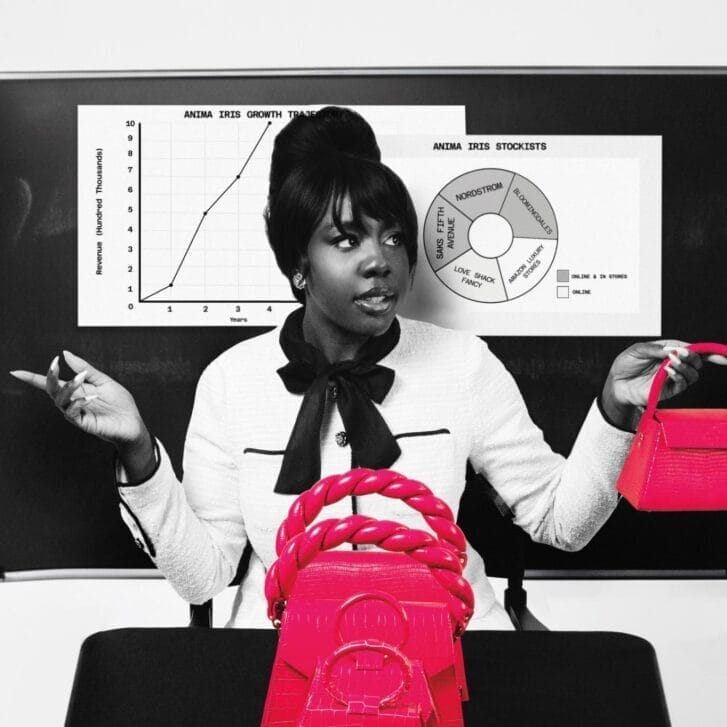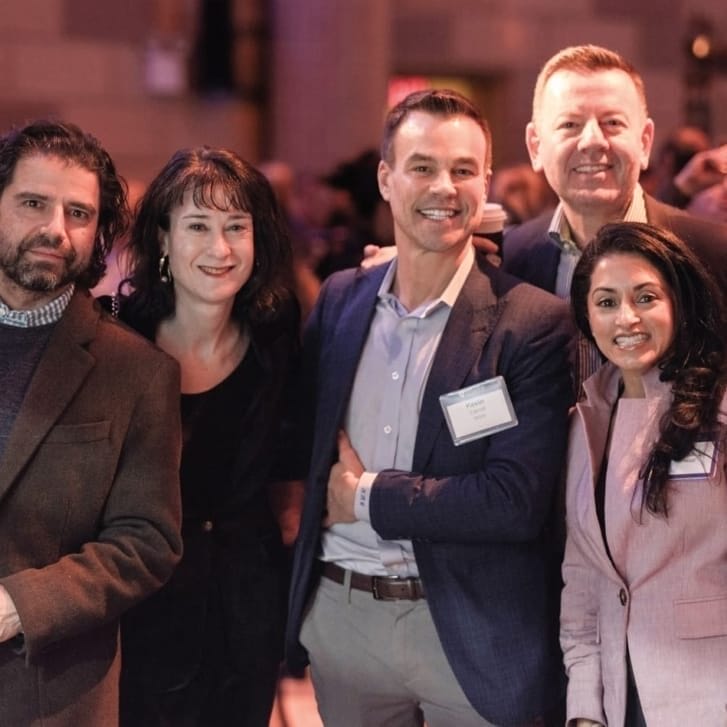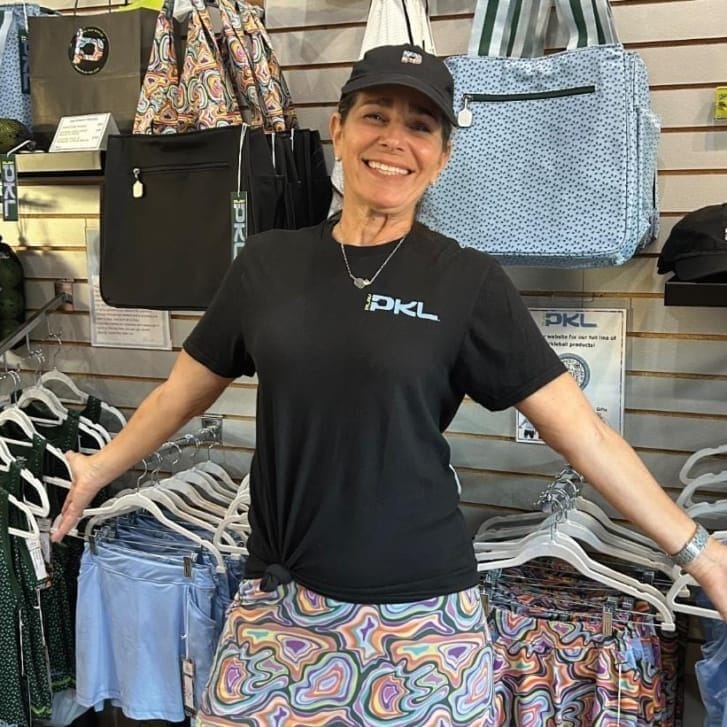At Plastarc, a New York City-based social research, workplace innovation, and real estate strategy consultancy, we’re always trying to peek over the horizon even as we help clients deal with the challenges of the present. Our data-driven, interdisciplinary approach won us the award for Most Innovative Use of Data at the 2018 Wharton People Analytics Conference, and it remains central to the guidance we provide clients negotiating the impact of the coronavirus pandemic.
While it was hoped, amid the uncertainty of last spring, that COVID-19 could be mitigated and eliminated quickly, it was also evident that workplaces would need to find new ways to operate long term. To support organizations of all kinds in this process, Plastarc released a 10-step roadmap to navigating the future workplace.
Sensing the urgent need for our combined capabilities in human behavior and building performance, we began hosting a series of webinars and panels that brought together experts from fields such as architecture, hospitality services, environmental psychology, and human resources. These virtual events provided a forum to discuss subjects like reorienting office spaces toward wellness and designing new models for physical-digital hybrid work. They also served as opportunities to capture quantifiable insights by administering a survey on individual experiences and observations of workplace trends. The information received during these sessions was bountiful: We gathered 1,776 question responses from 672 registrants representing 280 organizations across 24 states and nine countries. Here, we delve into two distinct themes that emerged both through real-time conversation and post-hoc number crunching.
A Systems Approach to Wellness
2020 was the year everyone discovered just how much of a difference buildings make in our well-being. In a matter of days, air filtration became a conversation topic at the boardroom and the dinner table! Initially, our clients’ priorities mirrored the issues receiving steady news coverage: They were eager to learn about personal protective equipment, temperature checks, cleaning, and other short-term measures to limit viral transmission. As scientific knowledge of COVID-19 improved — and as organizations transitioned their focus to a broader range of solutions — an interest arose in understanding specific systems that operate within office buildings, from air handling to day lighting.
Features like heating, ventilation, and air conditioning had previously received little attention from those outside facilities management. By mid-summer, the acronym HVAC appeared to have entered our everyday vocabularies. Suddenly, individuals were expressing opinions regarding once overlooked details. For instance, a majority of our respondents (55 percent) indicated that operable windows heightened their feelings of safety, with a third viewing them as “very important” contributors to air quality.
In sum, early-stage stress points involved the basics of how to continue working without putting oneself at undue risk of harm. Later, people sought to ensure that workspaces could guard employee health in a sustainable fashion. Whether a professional environment meets these needs will likely remain important to occupants going forward.
Flexibility as the New Default
For years, we’ve watched the proportion of people who telework tick up a single percentage point at a time. Whether due to managers’ reluctance to allow their direct reports such a degree of autonomy or simply institutional inertia, fewer employees were working remotely than could have been. This much has been proven by the overnight shift to distributed work precipitated by COVID-19. Many individuals have subsequently acclimated to teleworking, and the data is pretty clear that they like it.
Our survey results reflect a notable change in expectations for the future workplace. On average, respondents worked remotely one to two days weekly pre-COVID. Even when work practices return to “normal,” these individuals say they now anticipate spending two to three days each week away from the office. It may not sound like much of a difference, but statistically speaking, this is an enormous jump. Digging a little deeper, we find the shift in that figure is mostly powered by employees who had never before been permitted to telework. The consequence? An uncovering of the mutual benefits for employees and employers: the potential for both enhanced work-life balance and productivity, respectively. Even those organizations not previously amenable to flexible working are faced with a workforce that prefers the option and are adapting accordingly.
Despite these developments, the demand for the physical office has not gone away. Particularly in service industries, our respondents miss face-to-face encounters, which are the top driver of a desire to return to the workplace (45 percent). Relatedly, they lament lapses in engagement (30 percent) and difficulties in maintaining culture (24 percent) and cross-functional collaboration (17 percent), with onboarding problems (12 percent) following close behind. Respondents also cited drawbacks to virtual meetings, handling workforce accountability, and the presence of household distractions as additional motivators for going back to the office when able.
These patterns highlight an acute need for spatial strategy that addresses the gaps between what employees require and what spaces can currently deliver. While people can adjust quickly, buildings can’t. Right now, in some settings, desks may sit empty while everyone stays home. In others, people must be in the office but are separated by greater distances. Still others are exploring what we predict will be an increasingly common scenario: a hybrid arrangement in which individuals come to work in tranches on alternating days of the week or different weeks of the month. This precise scheduling will no longer be necessary once the threat of COVID dissipates, but individuals and teams seamlessly switching between telework, co-working, and colocation will most certainly continue. The result will be variability around busy versus quiet days in the office, for which the future workplace will need to be much more flexible than it has been up until now.
Shifting Ground Beneath our Feet
Our findings paint an intriguing picture. As companies have evolved their responses to the need for physical distancing, new questions and dilemmas have arisen. We continue to advise organizations navigating this intersection of people, place, and pandemic while retaining a commitment to sharing our learnings with a broader audience in the months to come.
Elizabeth Hyde C14 is research and content manager at workplace consultancy Plastarc.


























